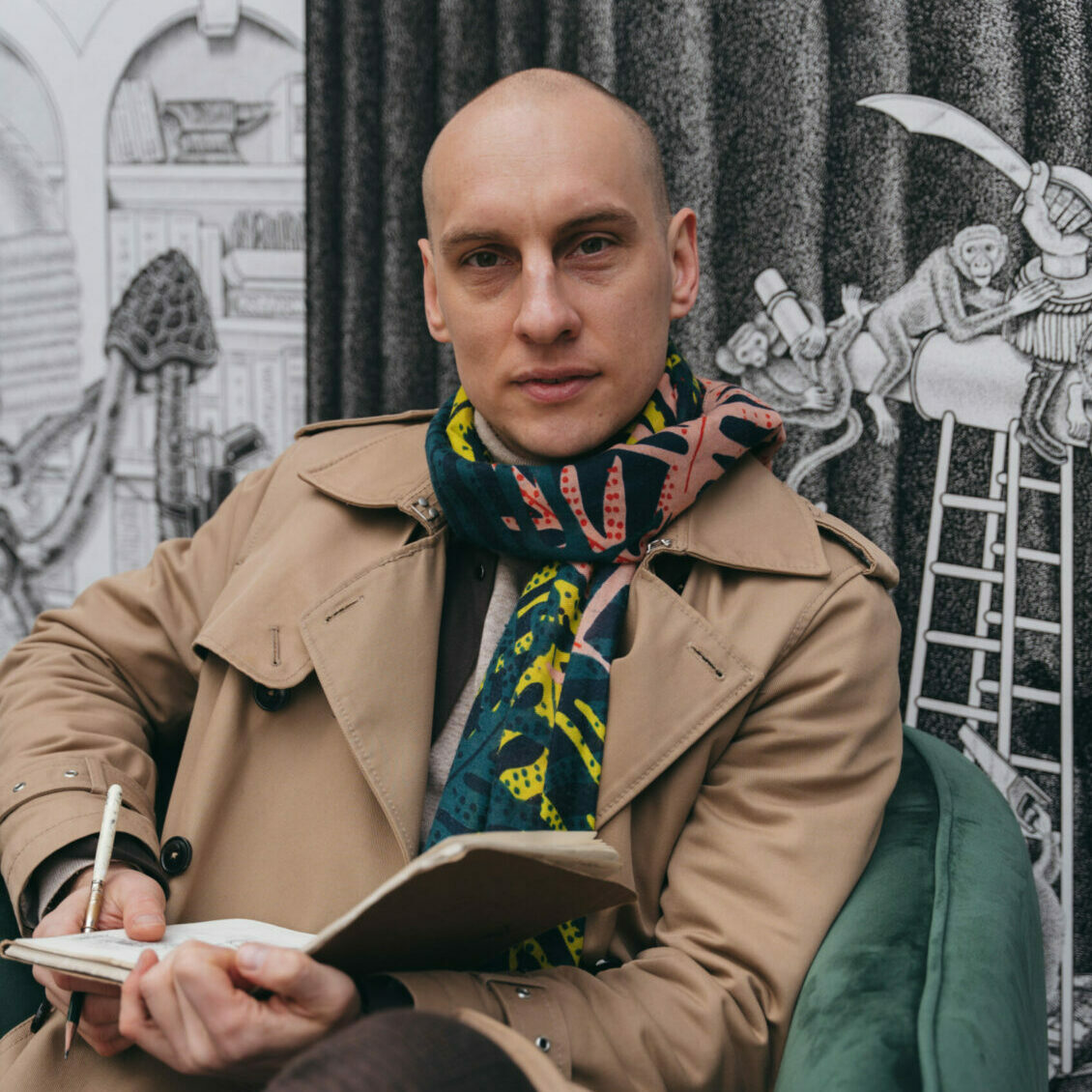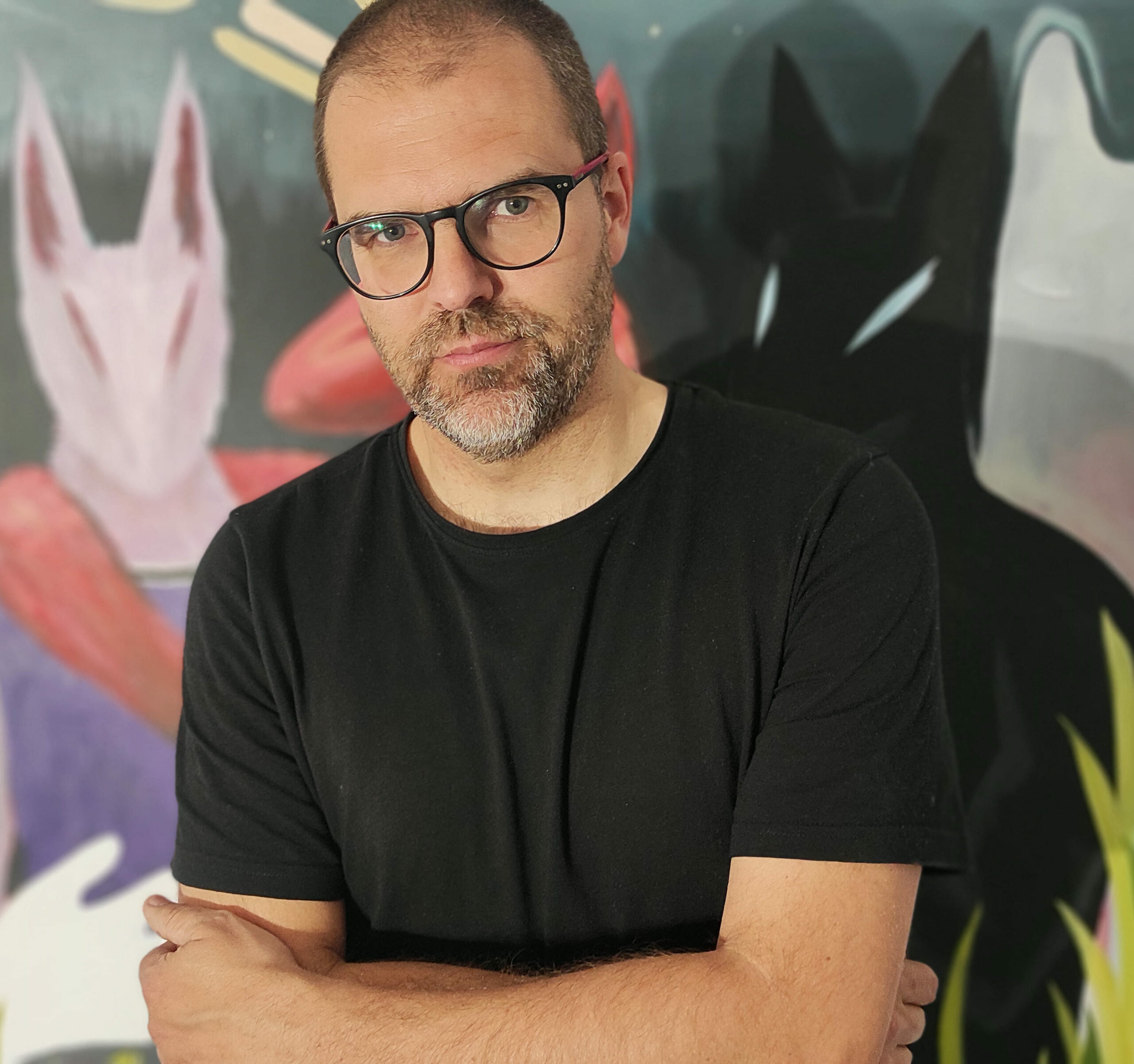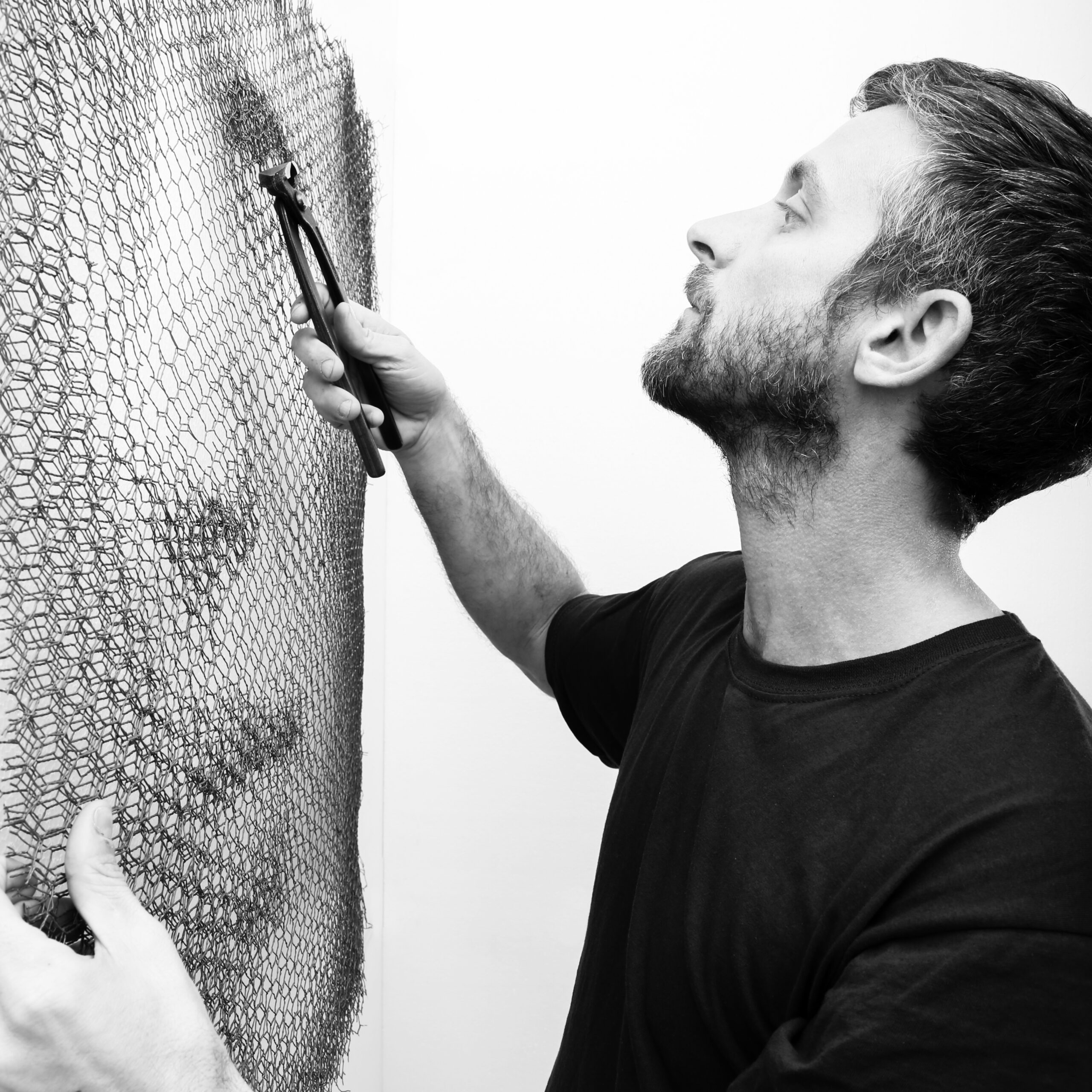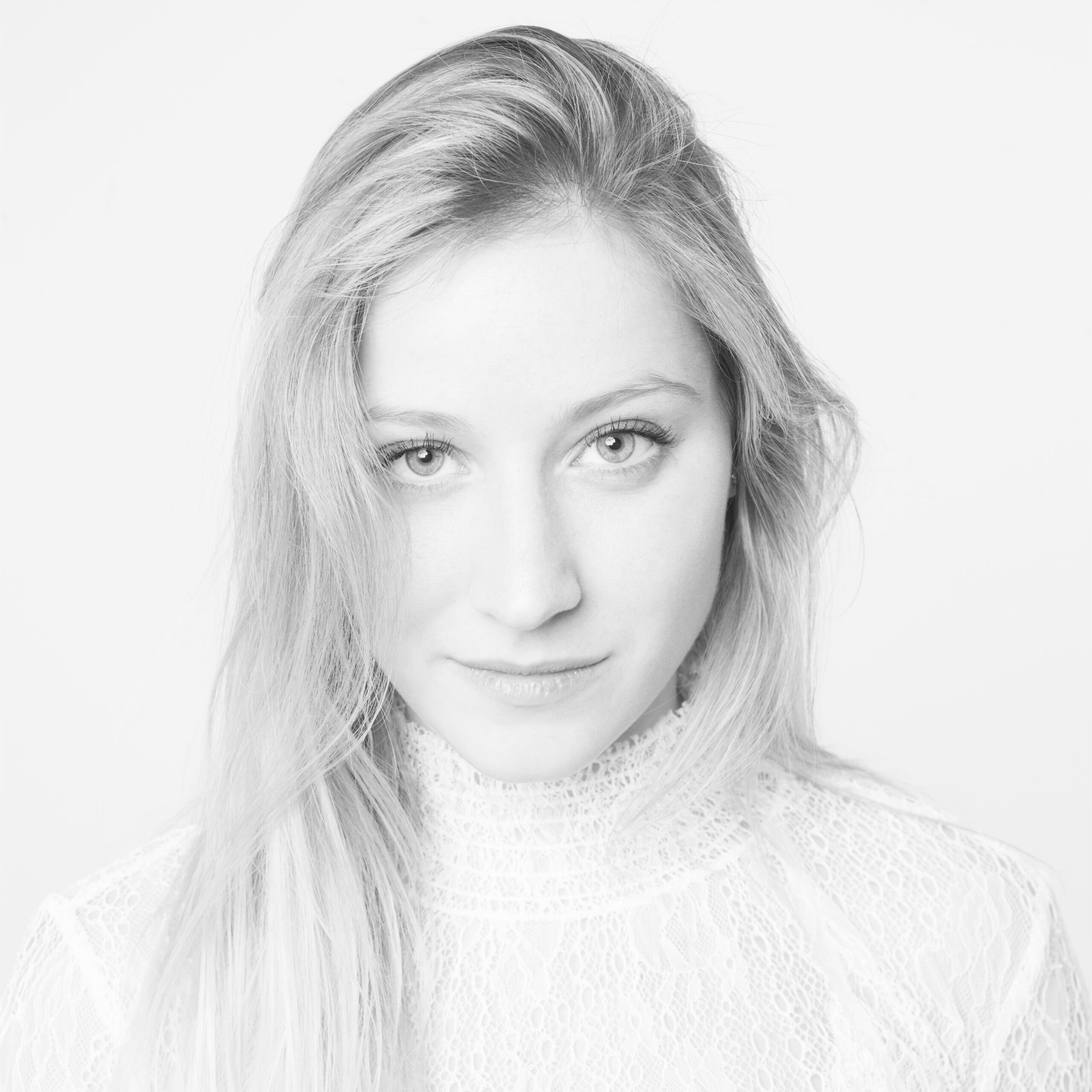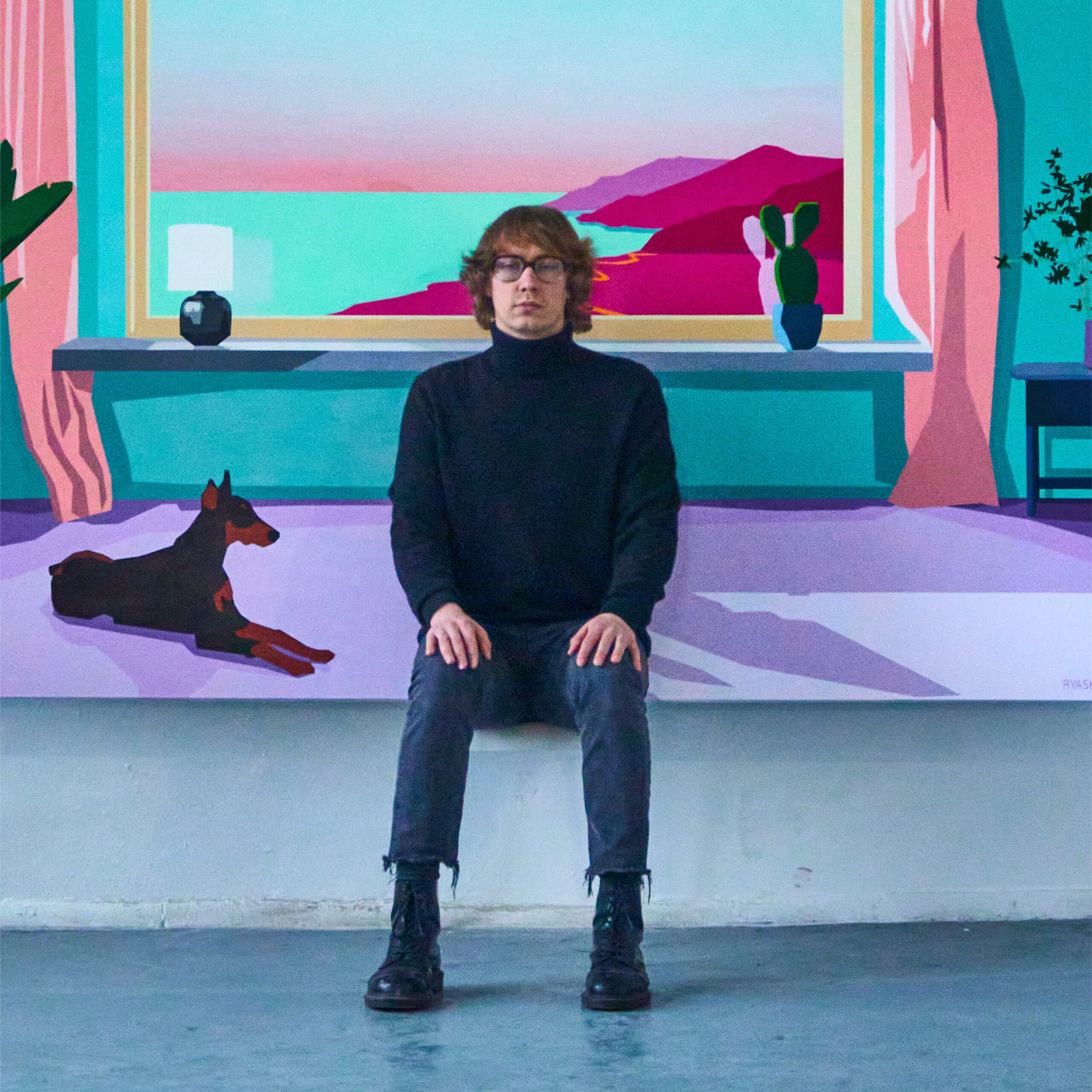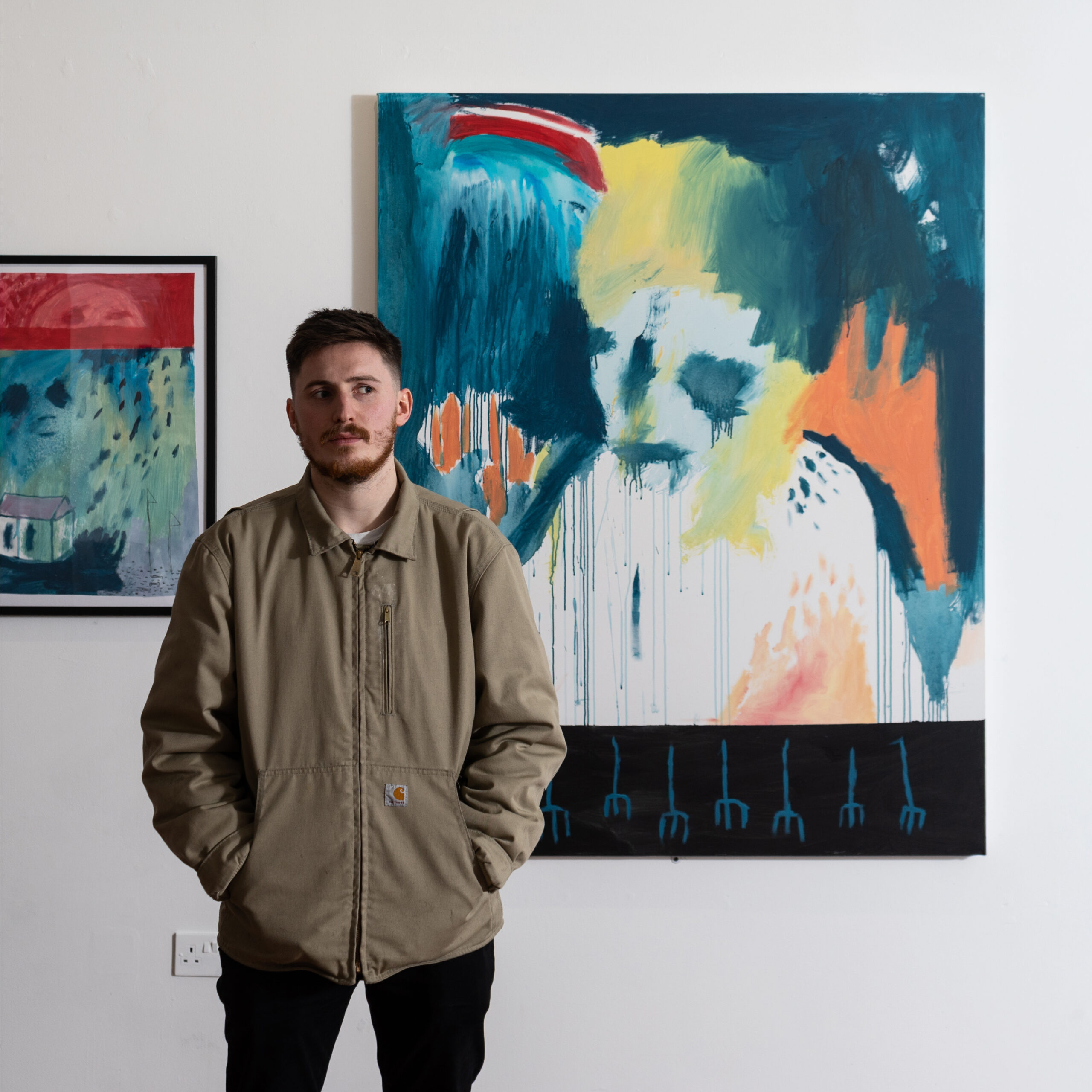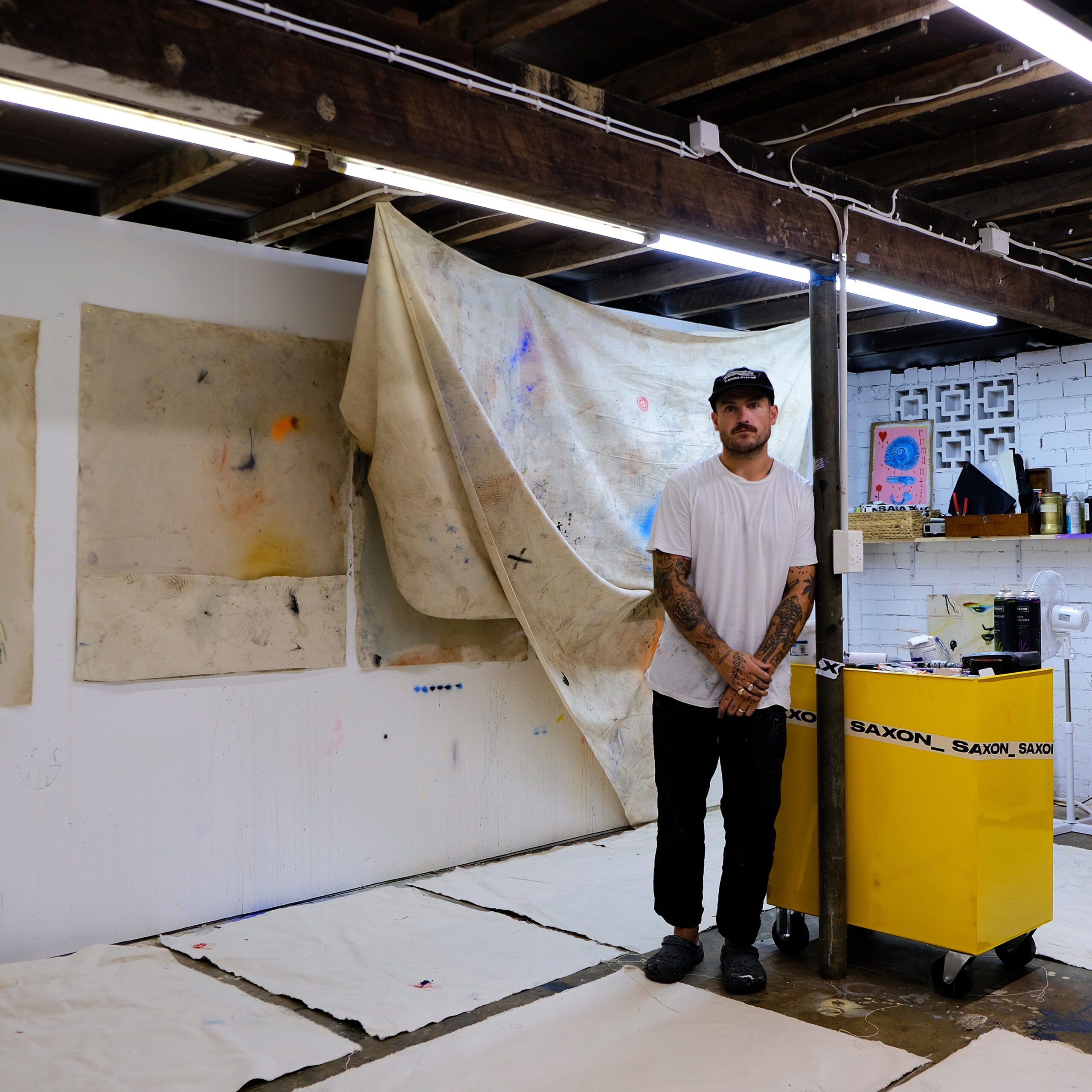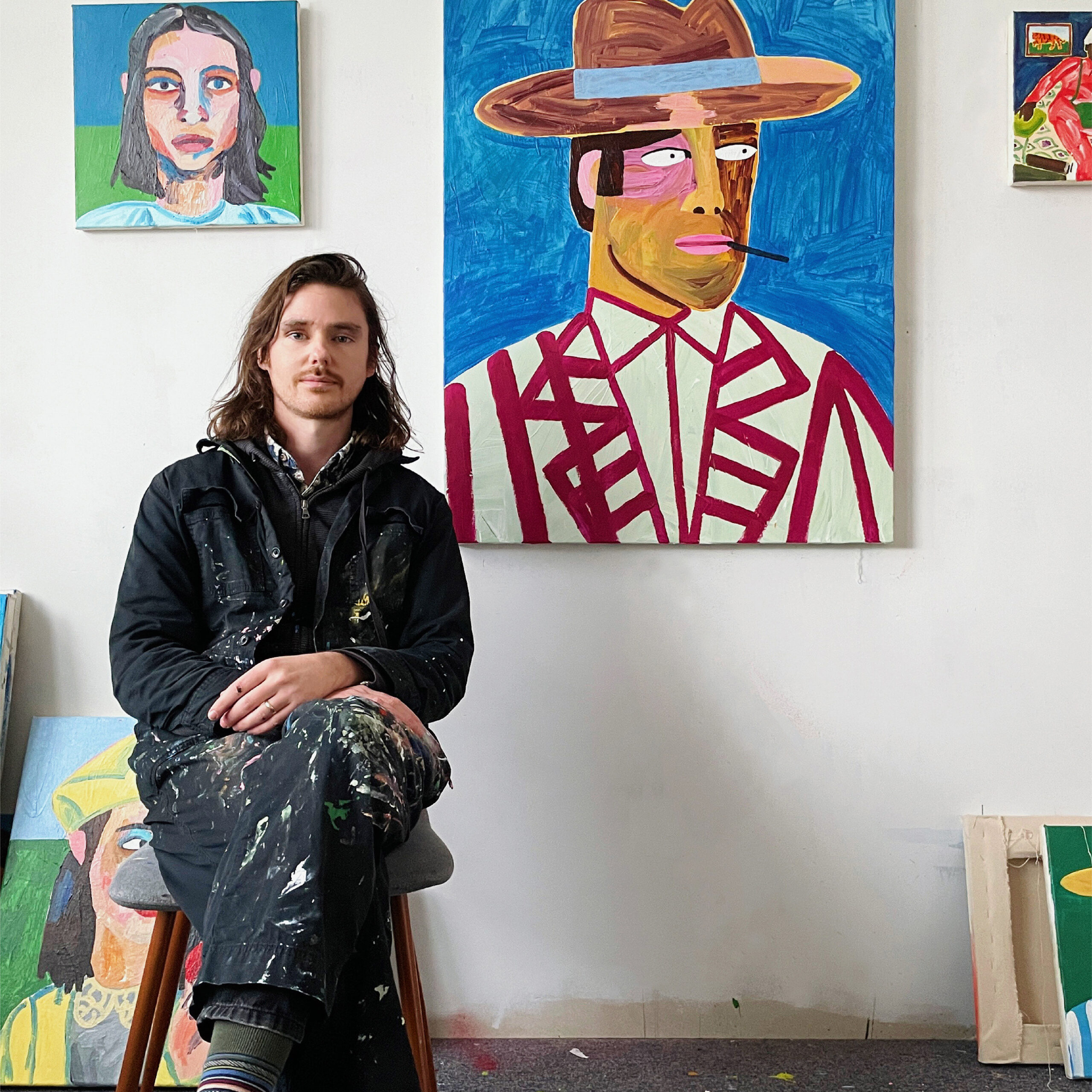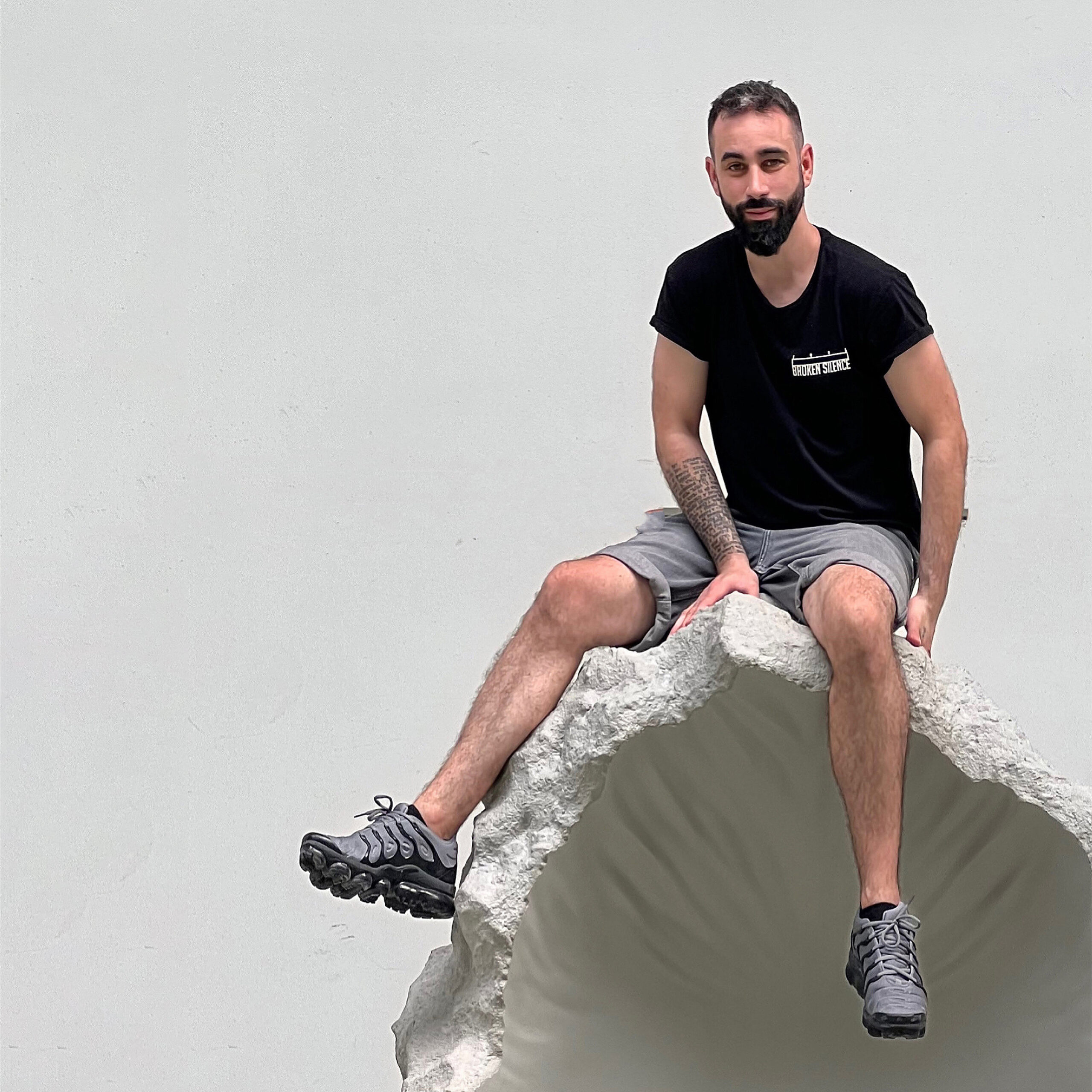
Mads Rafte Hein lives in Roskilde and works in Copenhagen. He has achieved the title of Graphic Designer from Copenhagen Technical College in the Graphic department. In addition, he has been taught by renowned artists such as Grethe Bagge, Bjørn Poulsen, Peter Carlsen and Peter Nansen Scherfig.He has exhibited in Germany and participated in several different exhibitions in Denmark, including at Charlottenborg’s Spring Exhibition three times and the Artists’ Autumn Exhibition one time. His works are found in many private collections and in art associations.
His works focus on presenting a broad range of interiors, done in a style that is specific to his oeuvre. He is very comfortable creating rooms filled with decorations, still, lifes bursting with details and arrangements brimming with pastel colors. To elevate his body of work further, he decided to experiment with the “outside”. The new paintings are now also getaways to the natural world, the environment away from the “four walls”, Mother Nature in its full bloom. The artist takes his inspiration all over visual culture, starting with photography, golden age paintings, collages and books, to videos and old movies. Looking for a revelation in a process, but always a fruitful one. Therefore, the landscapes by Rafte Hein are a blend of culture together with nature. “His recent paintings are colorful and vibrant, with a common theme of bright pink, yellow and turquoise. They are infused with contrast – mixing objects, scenes and even centuries. His work has been exhibited in group and solo shows in Denmark.
